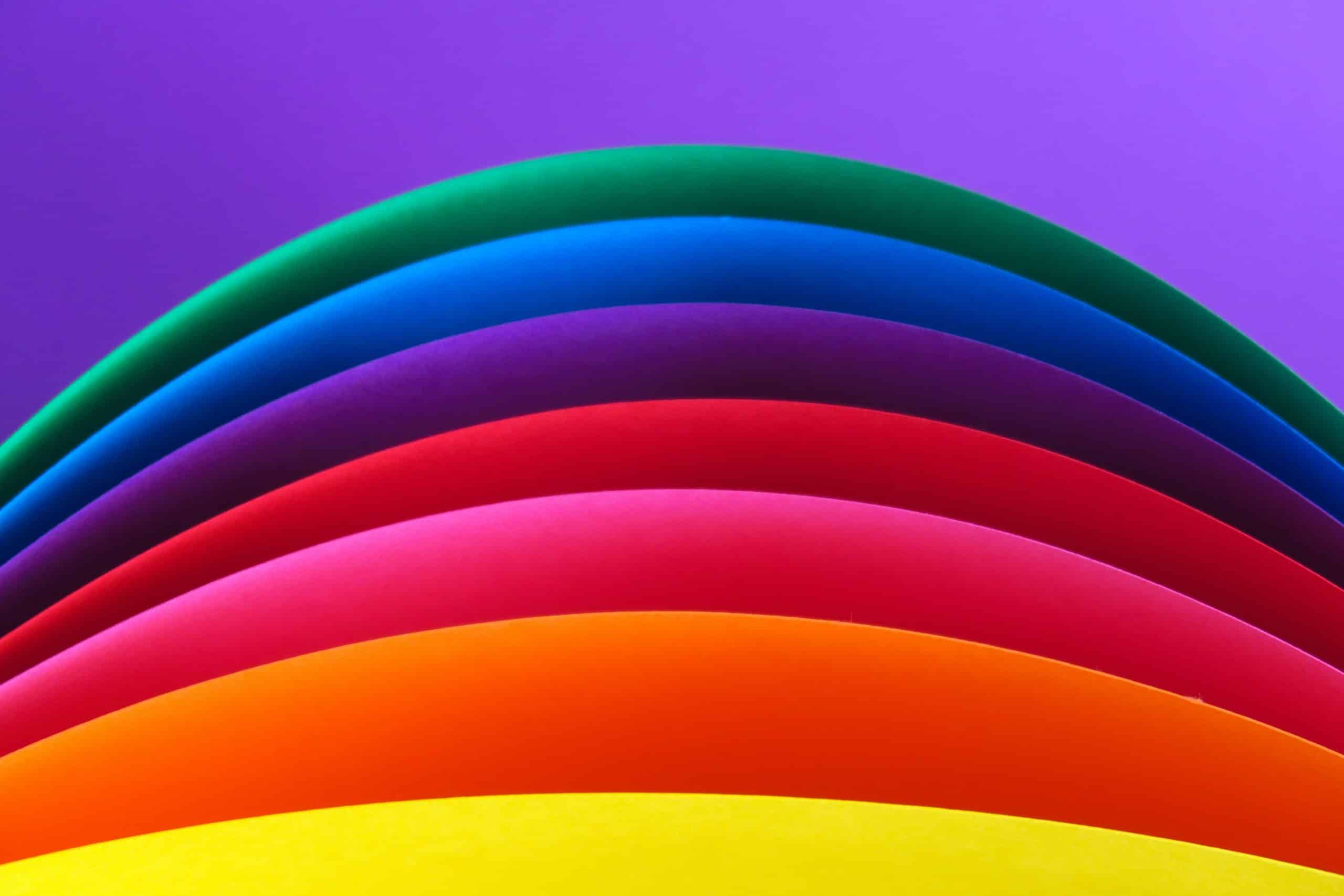The key to art that leaves a powerful imprint is that it inflames the senses, but since most works of art fitted to bespoke framing are by definition inherently visual, your eyes are having to do the work of multiple senses at once.
Through the use of various artistic techniques that help to use colour, brush strokes and sometimes outright visual editing, artists can create a sense of place and synaesthesia; artists can make you feel for just a moment like you are in a particular place.
Typically this is done using vibrant colours and techniques that simulate light and motion, but contemporary artist Melanie Comber has managed to take advantage of tactility to create a spectrum not only of colours but of texture.
Sense And Shape Memory
Born in 1970, Ms Comber’s works are built around evoking a particular sense of location through the use of oil paints, different concentrations, gravity and some degree of luck.
These create somewhat tactile sense-scapes that create different impressions on a micro and macro level.
A good example of this in effect is Space and Time 2, which at once resembles a scratched, faded and rough piece of textured wallpaper, of the kind that a child would gaze into and start to see patterns and pictures emerging.
Once the mind enters that process, the bumps and scratches start to create a much more vivid picture, one that resembles a map of Europe, or alternatively a seascape with ripples and textures reflected in the water.
There is a sense of rawness and roughness in the material that whilst made with oil and pigment on canvas, more closely resembles drywall, plaster or even concrete, giving it a somewhat rugged and faded industrial look that makes the piece inherently nostalgic.
It evokes the mundane, the mechanical and the magical at the same time, and the faded and worn tips create an inherent sense of nostalgia as if the painting is a relic of a decades-old era that has long faded away despite being made in 2019.
Works such as Horizon 2 similarly remove the colour and vivid imagery but replace it instead with coats and evocative textures that capture a similar kind of horizon road scene and perspective but without the edges and blemishes being filed away.
Stripped of the colour, veneer and artifice, this horizon scene reflects the reality of rough landscapes, roads hewn, torn and cut up, and a sense of fading darkness, aided by shadows that imply a time that is close to sundown.
What helps this perspective is that the painting has the appearance of textured concrete, a road surface that is seen as anachronistic in the UK and is more associated with crumbling and fading, like a vivid dream that has been bleached away by time.
A similar evocation of nostalgia comes in the form of Popsicle, a red textured canvas that looks like a zoomed-in image of a painted lollipop stick of the kind used for children’s art projects or for games.
The cracked paint and a texture that evokes the grain of wood help to create a sense of
nostalgia, aided by the somewhat muted and darker shade of red as if the weight of time has caught up to it.
